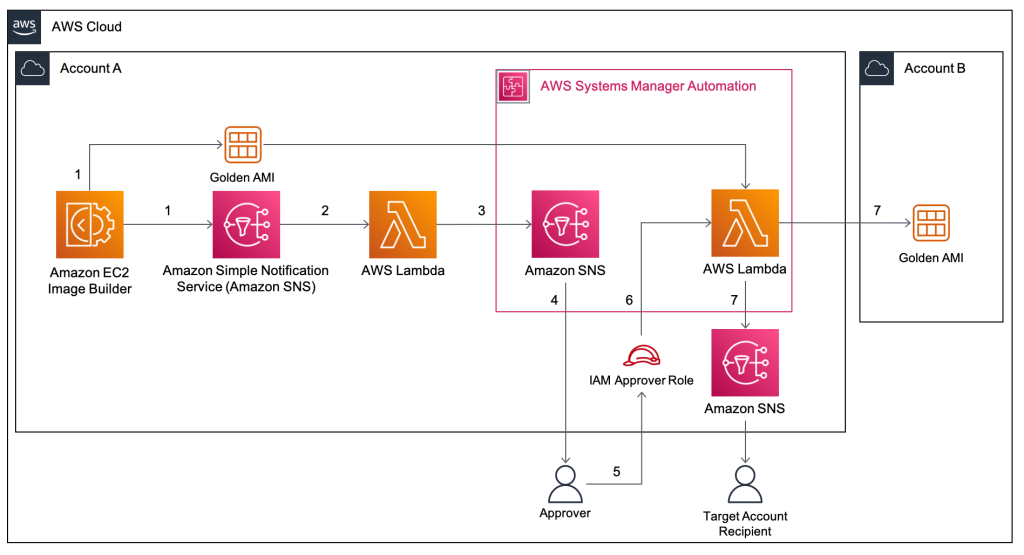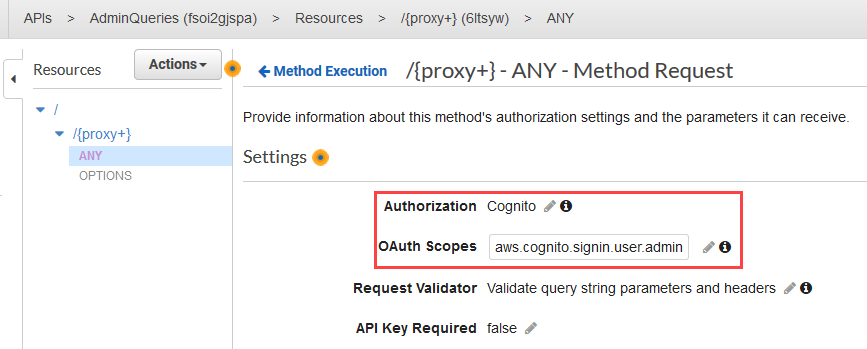AWS Compute Blog
Tag: AWS CloudFormation
Monitoring shared AWS Outposts rack capacity
This post is written by Adam Imeson, Sr. Hybrid Edge Specialist Solutions Architect. AWS Outposts rack is a fully-managed service that offers the same AWS infrastructure, APIs, tools, and a subset of AWS services to any data center, colocation space, or on-premises facility for a consistent hybrid experience. Outposts rack is ideal for workloads that […]
Adding approval notifications to EC2 Image Builder before sharing AMIs
This blog post is written by, Glenn Chia Jin Wee, Associate Cloud Architect, and Randall Han, Professional Services. You may be required to manually validate the Amazon Machine Image (AMI) built from an Amazon Elastic Compute Cloud (Amazon EC2) Image Builder pipeline before sharing this AMI to other AWS accounts or to an AWS organization. […]
Introducing Spot Blueprints, a template generator for frameworks like Kubernetes and Apache Spark
This post is authored by Deepthi Chelupati, Senior Product Manager for Amazon EC2 Spot Instances, and Chad Schmutzer, Principal Developer Advocate for Amazon EC2 Customers have been using EC2 Spot Instances to save money and scale workloads to new levels for over a decade. Launched in late 2009, Spot Instances are spare Amazon EC2 compute […]
Folding@home infectious disease research with Spot Instances
This post was contributed by Jarman Hauser, Jessie Xie, and Kinnar Kumar Sen. Folding@home (FAH) is a distributed computing project that uses computational modeling to simulate protein structure, stability, and shape (how it folds). These simulations help to advance drug discoveries and cures for diseases linked to protein dynamics within human cells. The FAH software crowdsources its distributed […]
Building well-architected serverless applications: Controlling serverless API access – part 3
This series of blog posts uses the AWS Well-Architected Tool with the Serverless Lens to help customers build and operate applications using best practices. In each post, I address the nine serverless-specific questions identified by the Serverless Lens along with the recommended best practices. See the Introduction post for a table of contents and explanation of the example application. Security question […]
Building well-architected serverless applications: Controlling serverless API access – part 2
This series of blog posts uses the AWS Well-Architected Tool with the Serverless Lens to help customers build and operate applications using best practices. In each post, I address the nine serverless-specific questions identified by the Serverless Lens along with the recommended best practices. See the Introduction post for a table of contents and explanation of the example application. Security question […]
Building well-architected serverless applications: Controlling serverless API access – part 1
This series of blog posts uses the AWS Well-Architected Tool with the Serverless Lens to help customers build and operate applications using best practices. In each post, I address the nine serverless-specific questions identified by the Serverless Lens along with the recommended best practices. See the Introduction post for a table of contents and explanation of the example application. Security question […]
Building well-architected serverless applications: Approaching application lifecycle management – part 3
This series of blog posts uses the AWS Well-Architected Tool with the Serverless Lens to help customers build and operate applications using best practices. In each post, I address the nine serverless-specific questions identified by the Serverless Lens along with the recommended best practices. See the Introduction post for a table of contents and explanation […]
Building well-architected serverless applications: Approaching application lifecycle management – part 2
This series of blog posts uses the AWS Well-Architected Tool with the Serverless Lens to help customers build and operate applications using best practices. In each post, I address the nine serverless-specific questions identified by the Serverless Lens along with the recommended best practices. See the Introduction post for a table of contents and explanation of the example application. Question OPS2: […]
Building well-architected serverless applications: Approaching application lifecycle management – part 1
This series of blog posts uses the AWS Well-Architected Tool with the Serverless Lens to help customers build and operate applications using best practices. In each post, I address the nine serverless-specific questions identified by the Serverless Lens along with the recommended best practices. See the Introduction post for a table of contents and explanation of the example application. Question OPS2: […]









